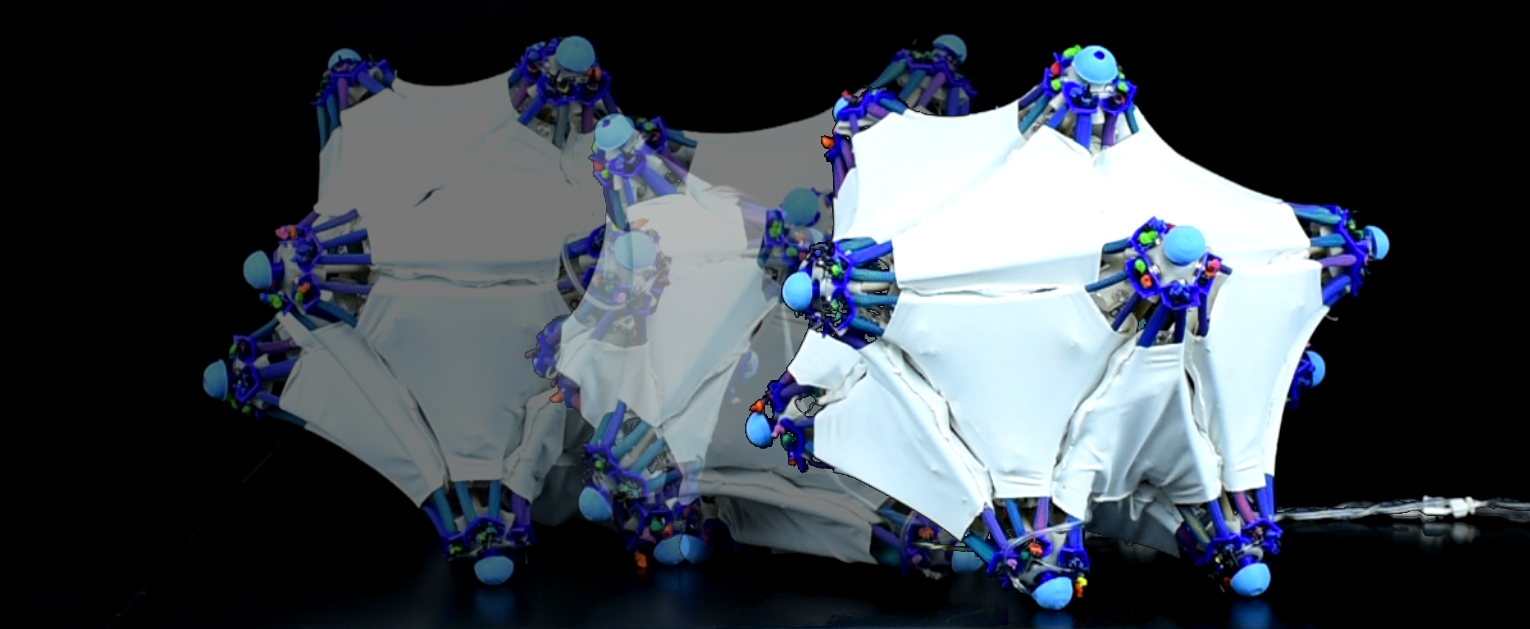I’m equally divided between “It’s been 10 years?” and “It’s only been 10 years?”
Originally shared by Singularity Hub
A Decade of Commercial Space Travel—What’s Next?
I’m equally divided between “It’s been 10 years?” and “It’s only been 10 years?”
Originally shared by Singularity Hub
A Decade of Commercial Space Travel—What’s Next?
I can see my Auckland Allies character Sparx making something like this. Only his would probably be magical as well.
Originally shared by HACKADAY
What would it be like to see magnetic fields? Stephin Merritt is great, but you can also do it with an Arduino!!!
If you carry a smartphone around in your pocket, you have a GPS navigation system, a compass, an altimeter, and a very powerful computer at your fingertips. It’s the greatest navigational device ever created. To use this sextant of the modern era you’ve…
http://hackaday.com/2018/09/28/give-yourself-a-sixth-sense-with-an-arduino/
I’ve read this author’s Zero Sum Game, and really disliked the main character. I would have disliked her just as much if she was a man, though.
It’s, on the whole, good advice here; I’d just caution that if you make the character unpleasant there will be people who aren’t into that, regardless of gender.
Interesting times.
Originally shared by Singularity Hub
First-Ever Grad Program in Space Mining Takes Off

Programmable matter wrapped around non-programmable matter! That’s genius!
(I wrote a novella about programmable matter: http://csidemedia.com/gu. But I never thought of this.)
Originally shared by Singularity Hub
This Robotic Skin Makes Inanimate Objects Move https://suhub.co/2IgSkoP

An idealistic, perhaps naive, but laudable vision of AIs used for the betterment of humanity. The problem I see with it is that making things widely available has historically not led to their use primarily by people with elevated moral consciousness and high ideals; rather the opposite.
Originally shared by Singularity Hub
Instilling the Best of Human Values in AI https://suhub.co/2N1ihtc
For your technothriller needs.
Originally shared by HACKADAY
Here`s a DIY sensor which can send secret messages in plain sight using gestures such as tap, slide, twist, and stretch.
Serpentine is a gesture sensor that’s the equivalent of a membrane potentiometer, flex and stretch sensor, and more. It’s self-powering and can be used in wearable hacks such as the necklace shown in the banner image though we’re thinking more along the…
http://hackaday.com/2018/09/22/there-are-multiple-ways-to-gesture-with-this-serpentine-sensor/
Originally shared by Phys.org
Origami opens up smart options for architecture on the Moon and Mars – Origami and high-performance textiles are transforming architecture plans for smart human habitats and research stations on the Moon and Mars. Initial field tests of the MoonMars project’s origami prototype will be presented at the European Planetary Science Congress (EPSC) 2018 in Berlin by Dr. Anna Sitnikova.

Originally shared by Singularity Hub
New Research Shows How Brain-Computer Interaction Is Changing Cinema https://suhub.co/2DiBsiQ
Via Raja Mitra.
I can imagine a story in which all the human characters work with AIs. One of them parents AIs to socialise them; one plays D&D with them to teach them about human interaction and storytelling; and one watches them for signs of bias and corrects it.
Originally shared by Eli Fennell
New IBM Tool Aims To Detect A.I. Bias
For all the promise of Artificial Intelligence, it also carries a huge risk: their algorithms can develop biases, and these biases can frequently be invisible to its human creators and operators, and quite dangerous as well.
IBM wants to help solve this with their new Fairness 360 Kit, a new project to detect biases in A.I. and make humans aware of them. Open source and designed to work with many commonly used frameworks for building learning algorithms, Fairness Kit 360 aims to provide Real Time insights, via a visual dashboard, into how learning algorithms are making their decisions.
This represents another valuable approach in solving the A.I. “Black Box Problem”, along with teaching A.I.’s to be better at showing their work (http://bit.ly/2xtugL9), and utilizing more transparent learning systems (http://bit.ly/2NjMBo7).
#AI #ArtificialIntelligence #MachineLearning